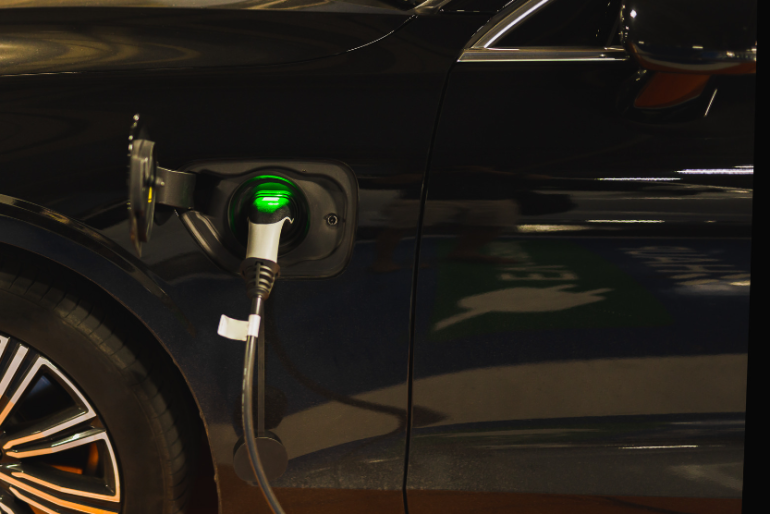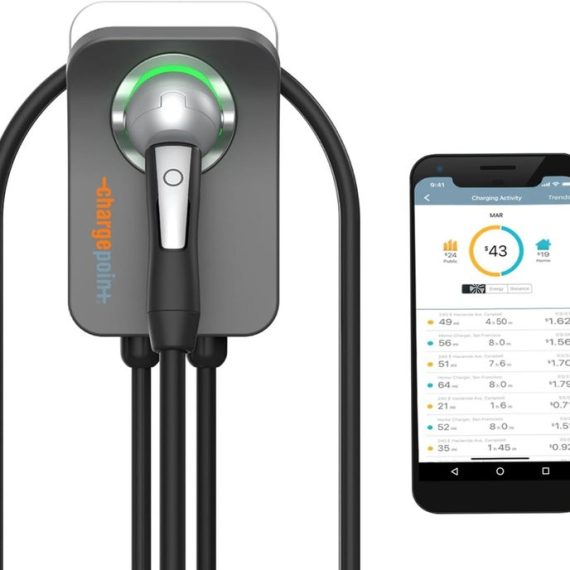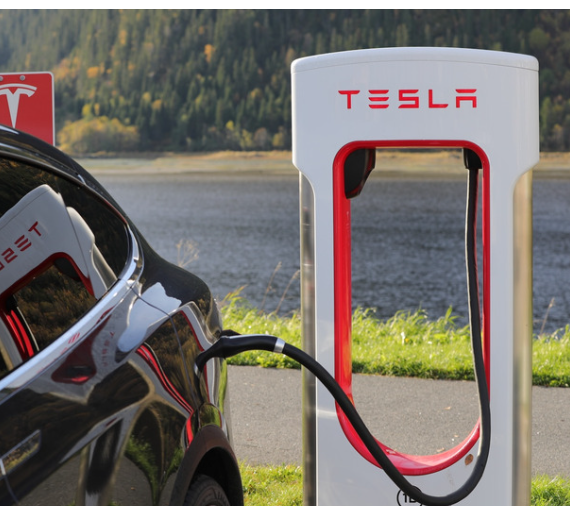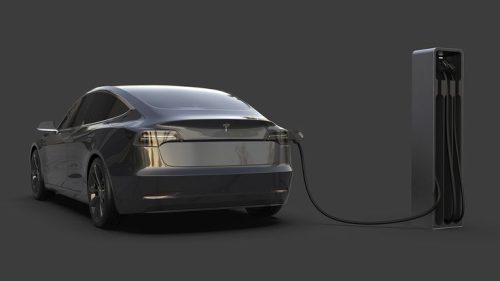As Electrical Vehicles (EV) become more pervasive, understanding different types of charging options is crucial to ensure that EV owners can recharge their vehicles efficiently and conveniently. Whether you’re an EV owner looking for home charging or a business seeking for charging station investment, knowing the difference between Level 1, Level 2 and Level 3 charging solutions can help you make the best decision. Here’s an overview of each charging option and how they contribute to the convenience of life, followed by how Amor Energy Corporation can assist with both your residential and commercial EV charging needs.

Level 1 Charging: Accessibility at Your Fingertips
Level 1 charging is the most basic form of EV charging and uses a standard 120V outlet, which is the same kind of outlet we use everyday for household appliances.
Pros:
- Convenience: Can basically charge anywhere
- Low Cost: No extra equipment or installation cost
- No Installation Required: Uses a standard 120V outlet, so no need for special equipment or installation
Cons:
- Slow Charging Speed: Provide only 3~5 miles of range per hour of charging, which can take up to 24 hours to fully charge an EV with a larger battery.
- Not ideal for Long-Distance Drivers: Inadequate for drivers who frequently need to recharge quickly or travel long distances.
Level 2 Charging: Fast and Efficient for Everyday Use
Level 2 charging uses a 240V outlet, the same as what you’d use for large appliances like a dryer or stove. This type of charging is significantly faster than Level 1 and is ideal for daily EV drivers who want to ensure their car is fully charged overnight to ensure the daily commute.

Pros:
- Faster Charging Speed: Provides 20-60 miles of range per hour of charging, allowing most EVs to be fully charged in 4-8 hours
- Convenient for Daily Drivers: Perfect for overnight home charging or quick top-ups during the day
- Compatible with Most EVs: Works with a variety of EVs and is available for both home and commercial use
Cons:
- Requires Installation: Needs a 240V outlet and may require an electrical panel upgrade, which increases installation costs
Level 3 Charging (DC Fast Charging): Power When You Need It the Most
Level 3 Charging, also known as DC Fast Charging, is the fastest option available and is typically found in public charging stations, commercial locations, and along highways. This type of charging uses direct current (DC) instead of alternating current (AC), allowing it to charge an EV’s battery at an impressive rate.
 Pros:
Pros:
- Incredibly Fast Charging: Can charge an EV to 80% in as little as 20-40 minutes, providing 100-200 miles of range in under an hour.
- Idea for Long-Distance Travel: Perfect for drivers on long road trips or for commercial fleets needing quickly turnaround times.
- Public Availability: Typically found along highways, in commercial areas, or at public.
Cons:
- Expensive equipment and Installation: Installation costs can range from $20,000 to $50,000, making it impractical for home use.
- Potential Harm on Batteries: Frequent use can accelerate battery degradation due to the high power involved.
Summary Table for comparing Level 1/2/3 Charging Solutions
| Feature | Level 1 Charging | Level 2 Charging | Level 3 (DC Fast Charging) |
| Charging Speed | 3~5 miles of range/hour | 20~60 miles of range/hour | 100~200 miles in 20~40 minutes |
| Installation Cost | None | Moderate | Very High |
| Target EV drivers | Low-mileage drivers | Daily drivers, home or business use | Long-distance travel, commercial |
| Disadvantages | Very Slow Charging Speed | Requires Installation and Setup | Expensive, potential harm to battery |
Choosing the right EV charging solution – whether it’s Level 1, Level 2, or Level 3 – depends on your driving habits and needs. Each type of charging offers unique benefits that make life easier for both homeowners and businesses. With Amor Energy Corporation as your trusted installation partner, you can confidently embrace the future of electric mobility with a charging system that specifically tailors to your needs.


